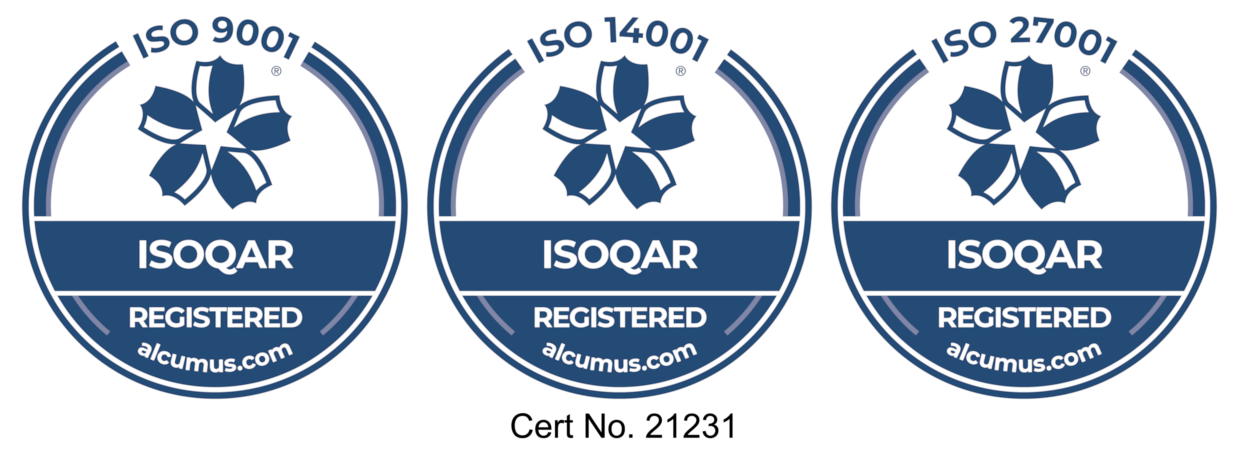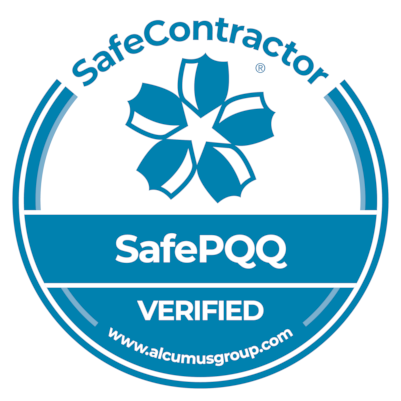The long awaited battery recycling regulations have this week finally been approved by Parliament. Although little has changed since the last draft published just before Christmas there are a few tweaks in response to wide spread lobbying by producers and other stakeholders.
In summary the impact on producers, retailers, users and recyclers can be summarised as follows;
- Portable batteries only – Neither industrial nor vehicle battery producers need join a scheme. However, producers of products containing batteries will be included.
- Producer de minimus – Producers of less than 1 tonne per annum of batteries (typically around 30-40,000 portable batteries) per annum will not need to join a scheme but register directly with the EA or SEPA.
- Scheme costs – Each compliance scheme is going to incur the following fees;
- Application fee – £17,000
- Annual subsistence fee – £118,000
- Annual scheme member fee – £680
- Small producers (< than 1 tonne placed on the market) will register with the EA or SEPA for an annual cost of £30 but will not have to contribute to the cost of collection and recovery. The Government expect this cost to be born entirely by the larger producers.
- The de minimus level for retailers has been set at 32 kg of batteries placed on the market. Below this level the retailer will not be required to offer retailer take-back.
- Exempt batteries are limited to those going into armaments or outer space.
- Annual battery recovery levels set to meet Directive’s recycling targets;
- 2010 – 10%
- 2011 – 18%
- 2012 – 25% Mandatory target
- 2013 – 30%
- 2014 – 35%
- 2015 – 40%
- 2016 – 45%
- Approved recyclers will pay a fee of £2,590 per site to recover batteries. Reduced fee of £500 for recyclers of less than 15 tonnes of portable batteries or 150 tonnes of automotive and industrial batteries per annum. Exporters will also have to pay the same fee for each site abroad to which they wish to export batteries. As Lithium and NiCd are handled on the whole by two specific sites in Europe most recyclers will be paying the same fee three or more times.
There is a reduced fee of £500 for annual volumes less than 15 tonnes. - Public promotions will be the financial responsibility of each scheme, including education and explanation. No financial limit has been set but the collection performance of each scheme will be monitored and poor performance may lead to withdrawal of approval.
- Waste Management Licensing Regulations are being amended to allow for the storage of up to 5 tonnes of lead acid batteries and 10 tonnes of portable batteries without a WM licence. At the moment this excludes Scotland.
- Producer has a financial obligation to fund the cost of collection, treatment and recovery for their individual share of the market based on batteries placed on the market in the preceding two years. Schemes will not be able to trade recycling evidence. Schemes maybe exposed to the costs of being too successful in encouraging end user returns.
- Retailers and distributors are duty bound to accept batteries free of charge if the battery type (chemistry) is the same as those sold.
- Schemes will be duty bound to accept all types of batteries free of charge both from retailers, collectors or the public.
- 14 Producers and distributors cannot declare the cost of these Regulations to the public.
Timetable
The timetable for introducing the Regulations is as follows;
- 5 May 2009 – are introduced
- 31 May 2009 – Deadline for applications for scheme approval
- 15 October 2009 – Deadline for producer membership
- 1 January 2010 – Beginning of first annual compliance period
What can we expect?
We expect the high entry costs for schemes will limit applicants to no more than possibly four, whilst we expect the de minimus levels set for producers will result in less than 600 registered producers in the first year. The challenge is to determine the cost of compliance in advance to enable producers to make an educated decision as to which is the best scheme for the year ahead. There is uncertainty as to the financial implications for schemes, or their members, that perform better or worse than average.
Registration costs assuming 3 registered schemes
If we end up with 3 compliance schemes then the true administrative cost of battery compliance will look something like this:
- 3 application fees at £17,000 – £51,000
- 3 annual subsistance fees at £118,000 – £354,000
- 600 member EA fees at £680 – £408,000
The Government revenue = £813,000 + £762,000 per year thereafter
Scheme Costs
- 3 set up costs at £50,000 – £150,000
- 3 running costs at £80,000 – £240,000 pa
Public promotional costs Year 1 – £4,000,000 (BERR suggest £3-5mill)
Year 2 onwards £1,500,000
Total costs – £5,203,000 yr1: £1,652,000 per year thereafter
This is before we consider the all important costs of the collection and recycling of the batteries.
Collection and recycling costs
With typical collection and treatment costs across the sector running at around 2 pence per battery* placed on the market (est. 1 billion), the total cost of compliance could exceed £20 million per annum.
* This costing is at odds with those outlined by BERR in their consultation document (Table 1 page 131) of the evidence base they suggest a cost for collection, sorting and recovery of £3,018 per tonne (7.5 p per battery) in 2010 dropping to £1,062 per tonne (2.7 p per battery) in 2012, in contrast to Table 4, page 135 where they predict a cost just for collection at £10,000 per tonne (25 p per battery). Assuming a mixture of collection methods and variety of service providers our average of 2 pence per battery placed on the market, for collection and treatment is considered conservative. We have based our calculations on an average of 40 batteries per kg.





